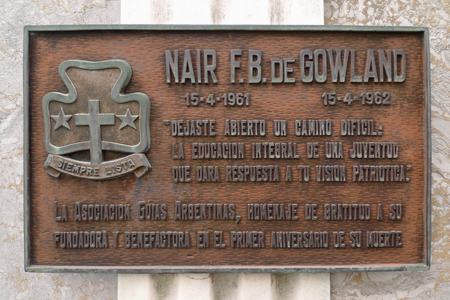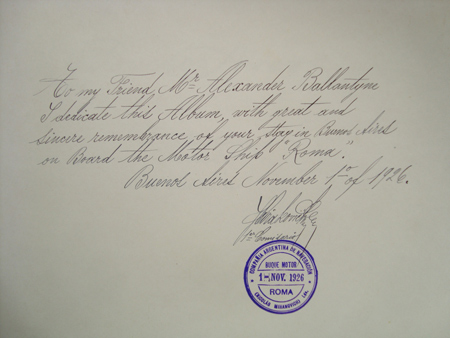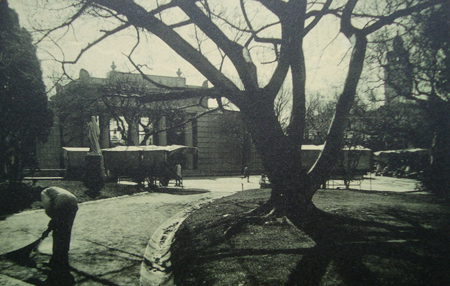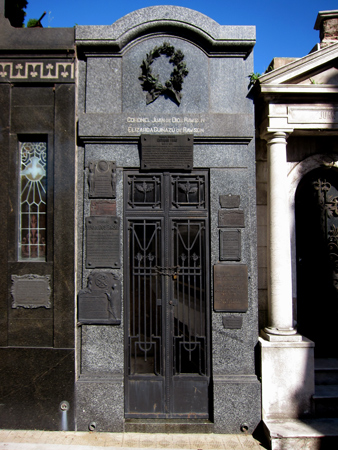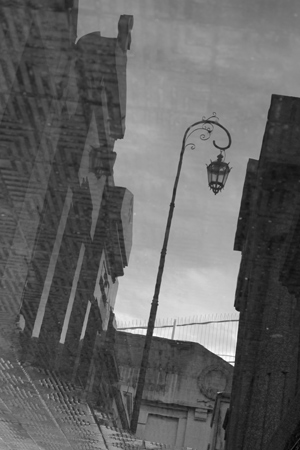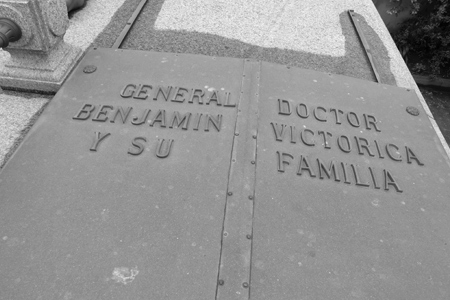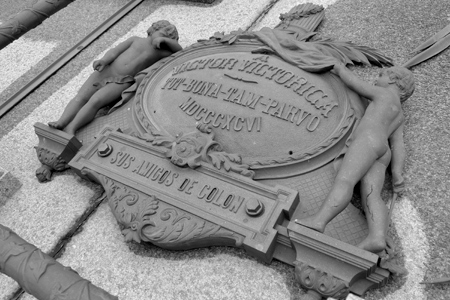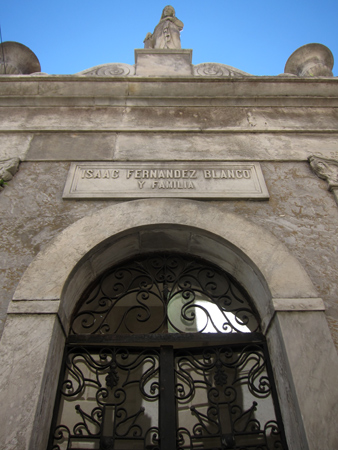
Born in 1862, Isaac Fernández Blanco came from a family with an extensive history in the city of Corrientes. Isaac’s grandfather, Ángel, fought during independence wars against the Spanish but later moved to Buenos Aires, switching interests from politics to business.
In 1895, Isaac began to spend the family fortune on an impressive collection of Spanish colonial art. Even though an engineer by trade, his passion for period objects transformed the family house into a museum which eventually opened to the public. Isaac remained the museum’s honorary director until one year before his death in 1928.

Family members continued to add to Isaac’s collection, & in 1947 the museum found a new location: the Palacio Noel. The Neocolonial residence built by architect Martín Noel serves as the perfect backdrop for the collection:

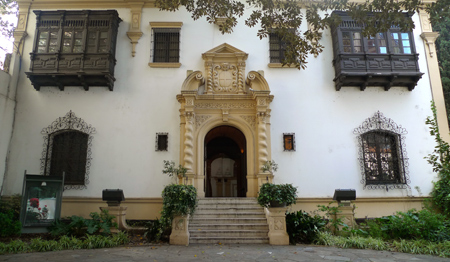
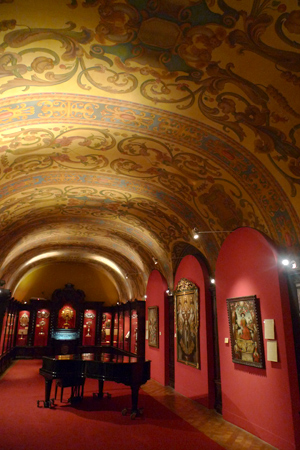
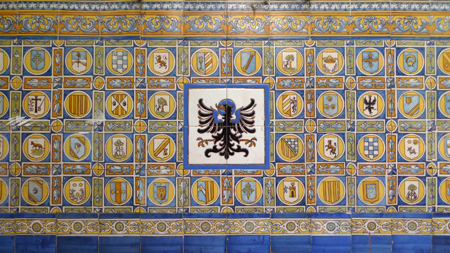
Also buried in the family mausoleum is Naír Mercedes Fernández Blanco de Gowland, who founded the Asociación Guías Argentinas in 1953… during the last years of her life. The AGA is the local equivalent of the Girl Scouts, & a plaque reminds passersby of her contribution to Argentina:
